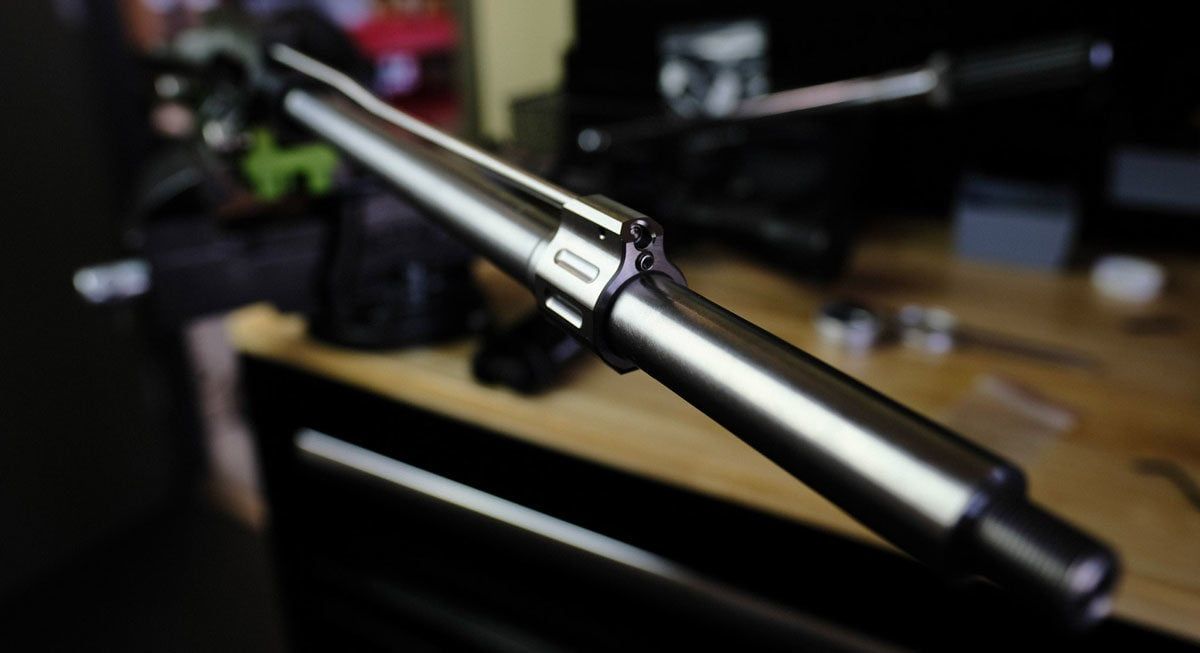
AR-15 gas system issues such as being under-gassed or over-gassed are quite common. To learn more about how to check your firearm to see if there are issues, we recently spoke with Chad Albrecht at School of the American Rifle. At ARBuildJunkie, we love Chad’s approach to the AR platform, and we are beyond thrilled to be able to bring you more from him in the weeks and months to come.
For more information about Chad and the School of the American Rifle, check out these two recent articles…and also be sure to visit his web page for more information and his class schedule.

Q: Chad, let’s talk about AR-15 gas system issues. Starting with the gas tube itself, what is it that you’re looking for?
Chad Albrecht, School of the American Rifle: You want the gas key and the gas tube to interface with as little interference as possible. That said, you do not want too much slop. I use gauges on the gas keys and on the gas tube because it is somewhat common to have either an oversized gas tube or an oversized gas key.
Q: What is the real-world ramification of an improper interface on an AR?
Chad Albrecht, School of the American Rifle: If you have a gas tube slightly on the smaller spec and a gas key slightly on the larger spec, you’ll lose seal. It does not mean that in every instance of this the gun is not going to function. The common phrase that I use is “the sum of all parts.”
So, if it is a bit loose where the gas tube goes into the gas block, and it is loose on the barrel where it attaches from the gas block to the journal of the barrel, and then you have a loose gas key/gas tube interface…well, all of those things leaking gas can cause cycling issues…depending on the size of the gas port.
AR-15 Gas System Issues – Minimizing the Potential for Problems
There’s always a bunch of variables that you have to account for, and that’s what makes it complex. This is why at School of the American Rifle, I try to hit on these types of AR-15 gas system issues one at a time to try to get attendees to think about these kind of things. If you can minimize as many of these variables as possible, the chances of you having a problem is going to be minimized dramatically.
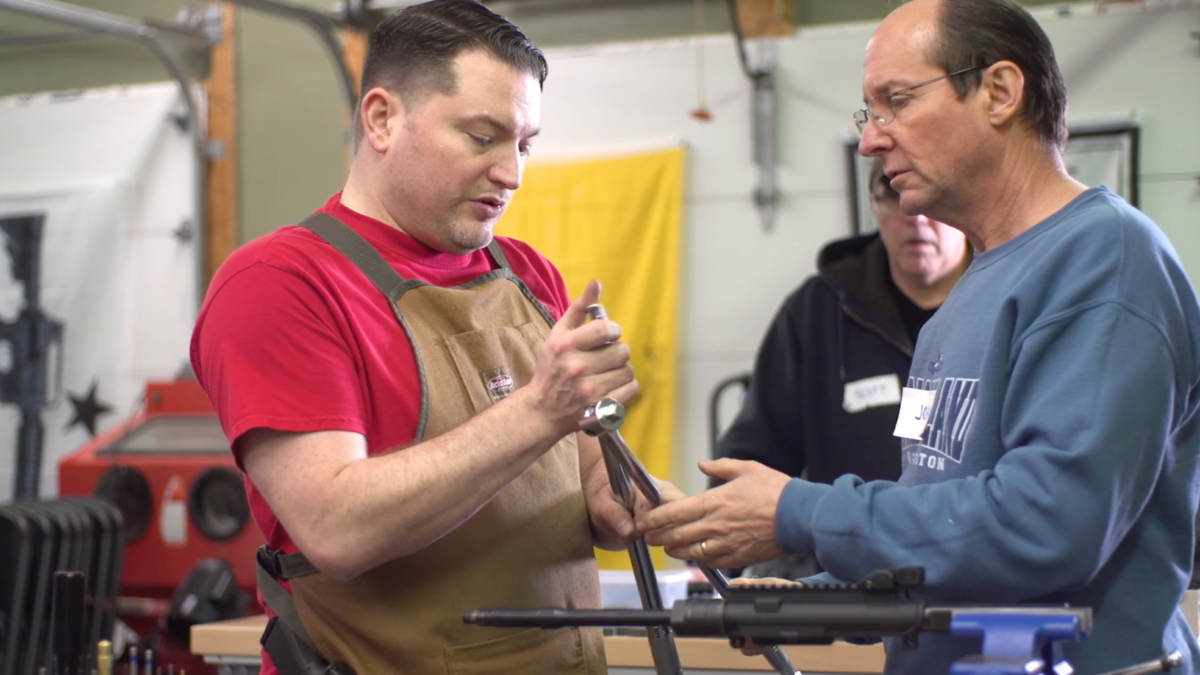
Q: I know from our previous discussions that you’re a huge proponent of gauging.
Chad Albrecht, School of the American Rifle: I always gauge the gas key. The specification that I always look for is .180. It can be a little bit larger than that, but .180 is my “go.” My “no-go” is .182, so if it takes the .182, I don’t rip the gas key off, but it just means that I do know that it is a little bit oversized. You can use cheap calipers or a micrometer and check the gas tube itself and try to see what kind of interface you have there.
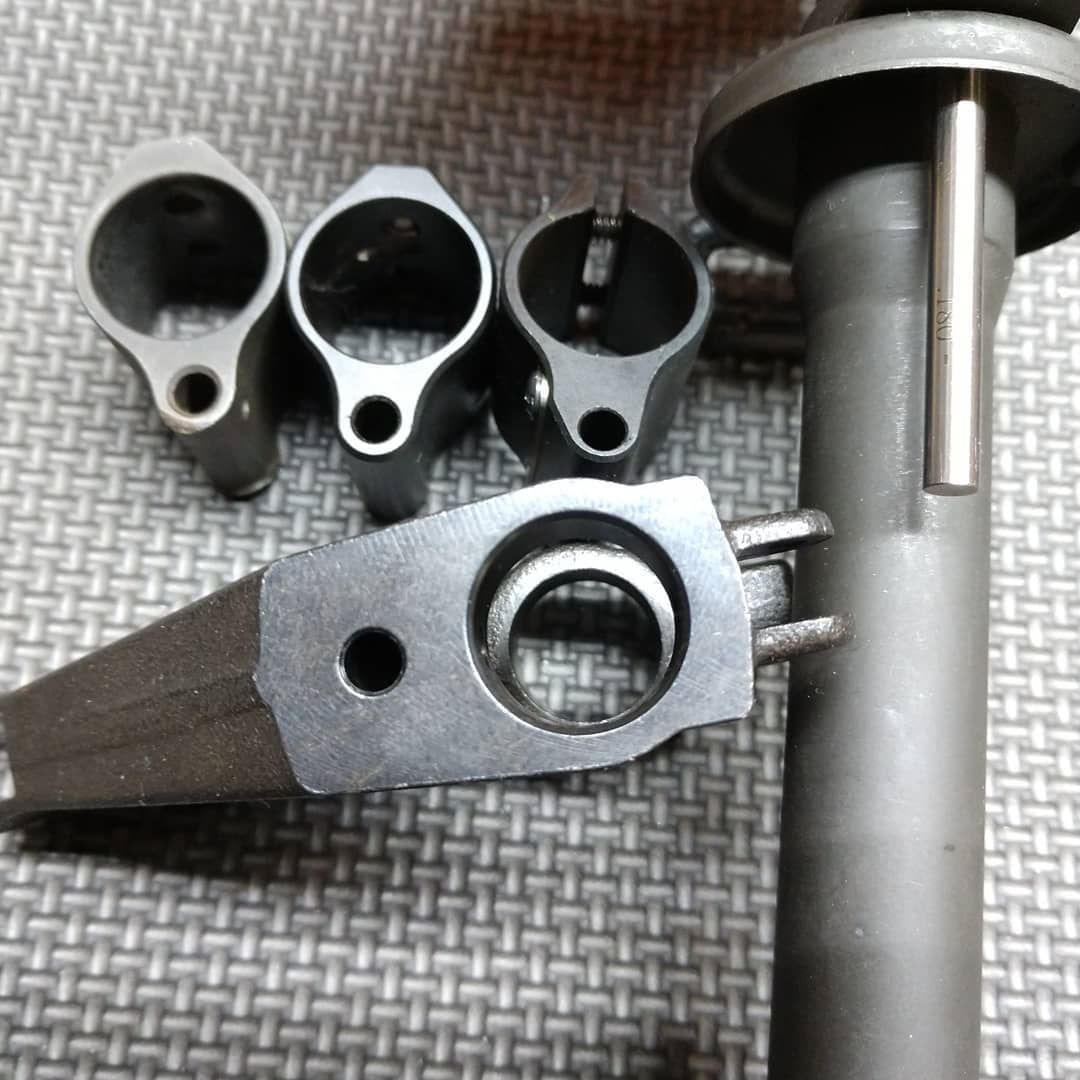
Q: Is wear & tear what usually causes things to go out of spec, or is it out of spec from the factory?
Chad Albrecht, School of the American Rifle: It can be a little bit of both. Unless you get gas tubes from a manufacturer that utilizes a straight gas tube, which some do but most gas tubes have a bend in them.
When they put that bend in them, depending on the way that the front sight base or the gas block aligns… if you don’t time that barrel nut just right, what happens is it pushes the gas tube to one side or the other. Or maybe it’s a little bit oversized, so it pushes the gas tube up to the top rail of the upper receiver.
So, when that bolt carrier tries to come home, it’s not really interfacing and finding its way easily. It’s having to sort of force the gas tube into alignment before it goes over the gas key.
That friction of the gas tube trying to align itself into the gas key without being naturally aligned will cause that little flange to wear out. Over time, that will create a loss of gas seal. If you didn’t have a good one in the beginning, it will make it even worse.
AR-15 Gas System Issues – An Easy Alignment Drop Test
Tweaking the gas tube after installation is almost a necessity because you have all these different tolerances that have to play together. So, when you put it in there, the quick check is to take your bolt carrier, strip it down (no bolt, no cam pin, no firing pin) and just drop the bolt carrier into the upper receiver.
Make sure the bolt carrier drops down under its own weight with no interference at all. If you do get interference, it’s usually an issue where something is oversized or there is an alignment issue you need to figure out.
Q: To the average shooter at the range, what does having a loss of gas look like?
Chad Albrecht, School of the American Rifle: This is one of those things where the gun can actually be a little bit deceptive. A lot of times, a gun that is under- gassed behaves a lot like a gun that is over-gassed.
What that usually comes down to is when you have a gun that is under-gassed, the bolt won’t cycle completely. Sometimes it won’t kick out a shell, or it will kick out a shell but it won’t come back far enough to strip another round out of the magazine. So, people will assume that this is a gun that is under-gassed. They’ll take the gas system apart and open up the gas port.
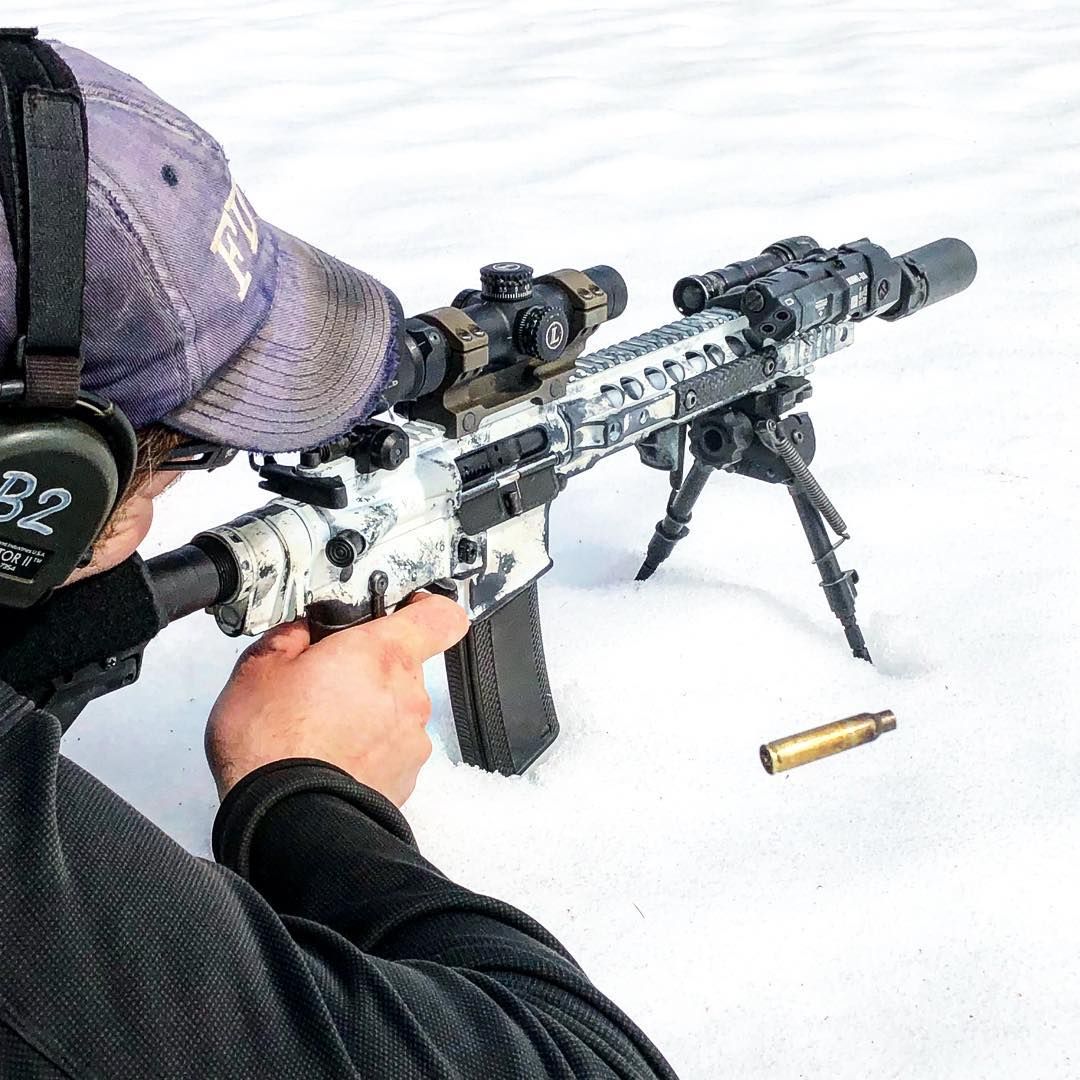
AR-15 Gas System Issues – Over-gassed: “Like an Angry Kid”
However, sometimes an over-gassed gun, one that has too large of a gas port, can behave the same way. The gun is trying to unlock because of that higher mass of gas flow. It’s trying to unlock too soon and the casing is still pressurized.
It’s sort of like someone is in a tunnel and they are holding their arms and feet. It’s like an angry kid saying “I don’t want to leave” and someone is trying to pull them out. That’s the extractor trying to pull that brass casing out of the chamber.
So, if it’s over-gassed, it’s trying to extract a little bit too early and that brass casing is fighting to stay in where it’s at. Depending on that pressure curve, it can cause the bolt carrier to react a lot like an under-gassed gun. It can be hard to really figure out what’s going on.
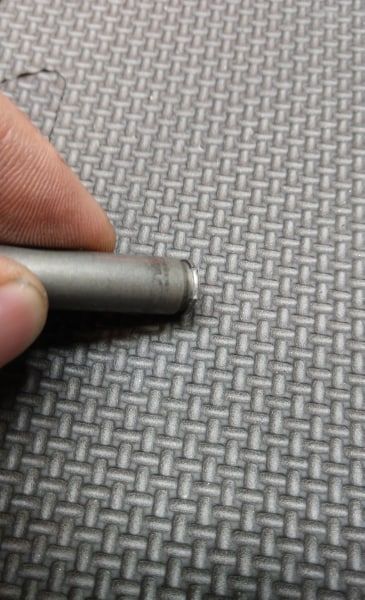
Sometimes you have to look at the brass. If you see bad gouge marks on the brass where it looks like the extractor is trying to rip that rim off, that’s an indicator of an over-gassed gun. Just by the gun cycling, it can be hard to determine which it is.
AR-15 Gas System Issues – Over-Gassed or Under-Gassed?
One of the other things you can do is test your gun. So, if you think your gun might be under-gassed, you can test with a full magazine and then test the gun with just one round in the magazine. If the gun behaves the same way, more than likely you are over-gassed.
Now, if you are under-gassed, the gun will start to exhibit even slower bolt speeds and start to act more erratic due to the extra tension those rounds in that full magazine is putting on the bottom belly of the bolt carrier.
Q: So, with the full magazine, what would a shooter experience with an under-gassed gun?
Chad Albrecht, School of the American Rifle: With a full magazine, sometimes you’ll get it to eject, but it won’t strip the next round out of the magazine. Or you’ll get really weak ejection. Perhaps your ejection will be erratic as the gun is cycling.
If your gun is under-gassed and you start with a loaded magazine, the gun will eject off to the back. However, as the magazine gets progressively less tension on it, it will start throwing the brass out at 90 degrees, and then more forward of the gun. That’s telling you this gun is barely functioning as it is, and as there’s less tension on the bolt carrier, the ejection pattern changes.
Q: How common are these sort of gas issues in your experience?
Chad Albrecht, School of the American Rifle: I would say one out of five guns has some sort of gas issue. Most of it is due to companies going on the larger side when it comes to gas ports. I can’t tell you why they are doing that for sure. My thinking is they are trying to pacify the lowest common denominator.
I am not trying to insult people who have budget-based guns. However, if you are new to the gun world, or maybe you’ve been around guns your whole life, but this is your first AR, you might decide to go buy a bunch of steel-cased ammunition.
Gas Ports and Customer Support Issues?
Well, if that gun does not run with that steel-cased ammunition, the first thing you’re going to do is call that firearm manufacturer. You’re going to say “why doesn’t my gun run?”
So, to minimize the problems and customer service issues, manufacturers go with a larger port to make sure steel-cased ammo, which sometimes has lower port pressure, will cycle in guns…to minimize customer support issues.
What then happens is when you add a suppressor, or you add a booster like the Noveske Pig that throws more gas into the system and picks up the bolt speed, or you shoot hotter NATO-spec ammo…all those things can make the gun uncomfortably over-gassed or not even cycle at all.
AR-15 Gas System Issues – Over-Gassed Misdiagnosed as Under-Gassed
I had a guy I helped recently on one of the Facebook groups that had a gun that functioned fine until he put a suppressor on it. It would do a “bolt over base” malfunction. The projectile is in the barrel extension, and the back end of the casing is still half way in the magazine. The bolt lugs were jamming into the side of the casing.
If you looked at the comments of people trying to help him, 95 percent of the people would say that gun is under-gassed because it couldn’t come back far enough to strip that round out. But what was actually happening is the bolt was moving so fast the magazine could not keep up.
The bolt went back really fast and came forward really fast, and before that round could completely present itself, it was hitting the side or just barely missing the back of the casing and jamming it up.
The fix there was to tame the system down by putting a Black River Tactical under sized gas tube in there…so it had a restricted port, and then the problems went away.
Q: Any final advice or knowledge you’d like to share?
Chad Albrecht, School of the American Rifle: A lot of people mess up the alignment of the gas system. It’s very rare for me to see an issue if you’re running the standard front sight base, where they are taper-pinned. I can probably count on one hand how often I’ve seen those misaligned. That’s because generally the companies that are putting those on are using some sort of fixture.
Where I see gas block misalignment is when people are using the low profile gas blocks. They are either installing them at home, or somebody is putting it on at the factory, where they have no dimples in the barrel or they are aligning it by eyeballing it.
Diagnosing AR-15 Gas System Issues with a Borescope
I use a borescope. I’ll put a gas block on and I’ll put a borescope in the barrel and with a 90 degree viewfinder, I will look up into the gas block to make sure I am completely aligned before I start locking stuff down. Depending on the gun, if you are running a gun with a very small gas port, you have a lot more room for error with alignment because the gas port is small and you have a bigger port on the gas block, so misalignment isn’t always a problem as far as getting gas flow.
But when you get into calibers like 300 Blackout where they use large gas ports, the slightest bit of misalignment can cause the gun not to cycle.
###

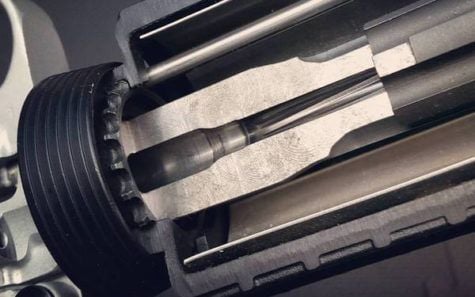

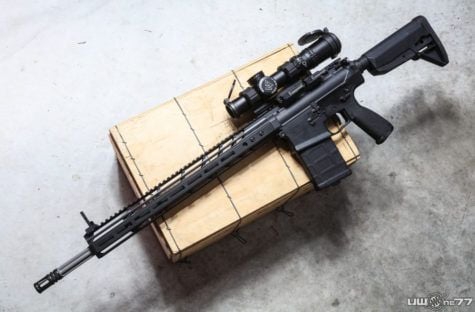

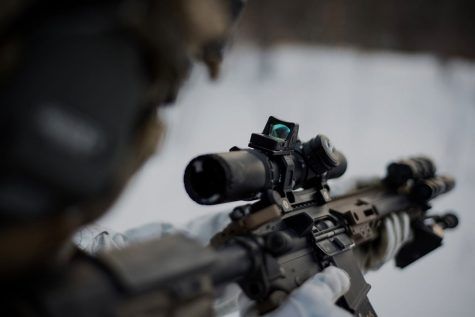
I can’t tell you how informative and simple you make the videos. I’ve been stumped a few times but you clear it up and fast. Thank you!
I have a question. I currently bought my first ar 15 built by a local gun smith shop.after shooting idk 40rd through it with no issue all the sudden it starts hanging every shot so I start digging up info and reading blog after blog and upon inspection (my first hands on look ) I ve noticed the gas ton my bolt carrier is not spiked and u can blow through it ????? So I remove the Allen screws and find the bolt carrier is ported on a bevel under that t none of my friends are and are spiked… Read more »